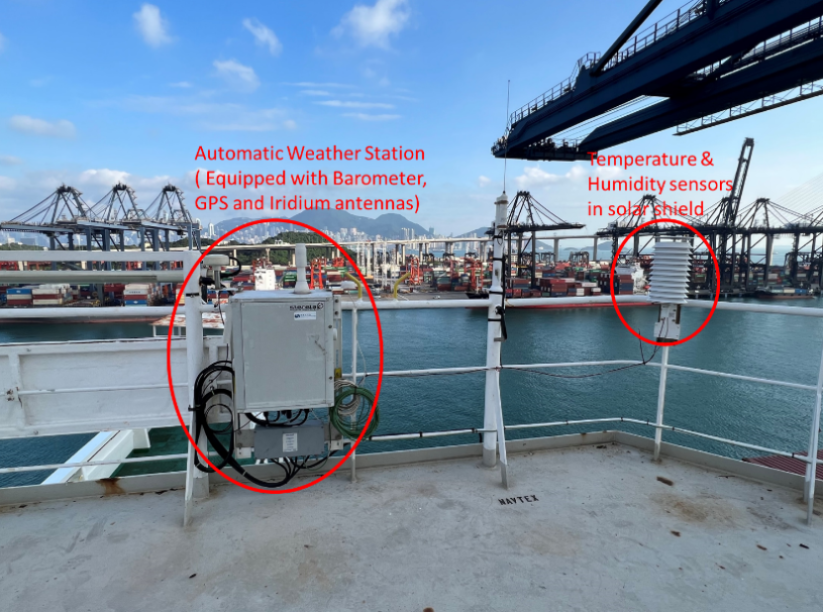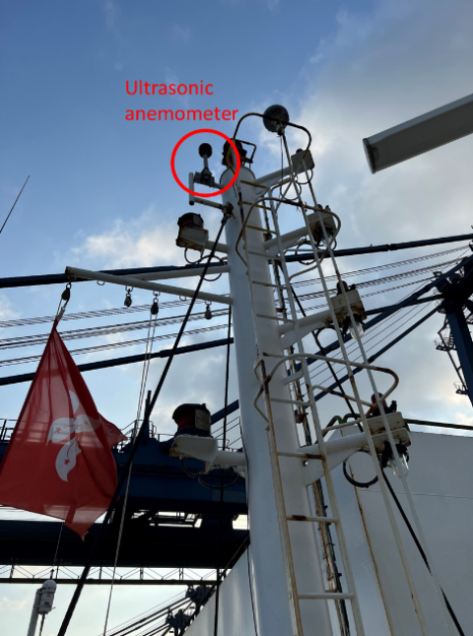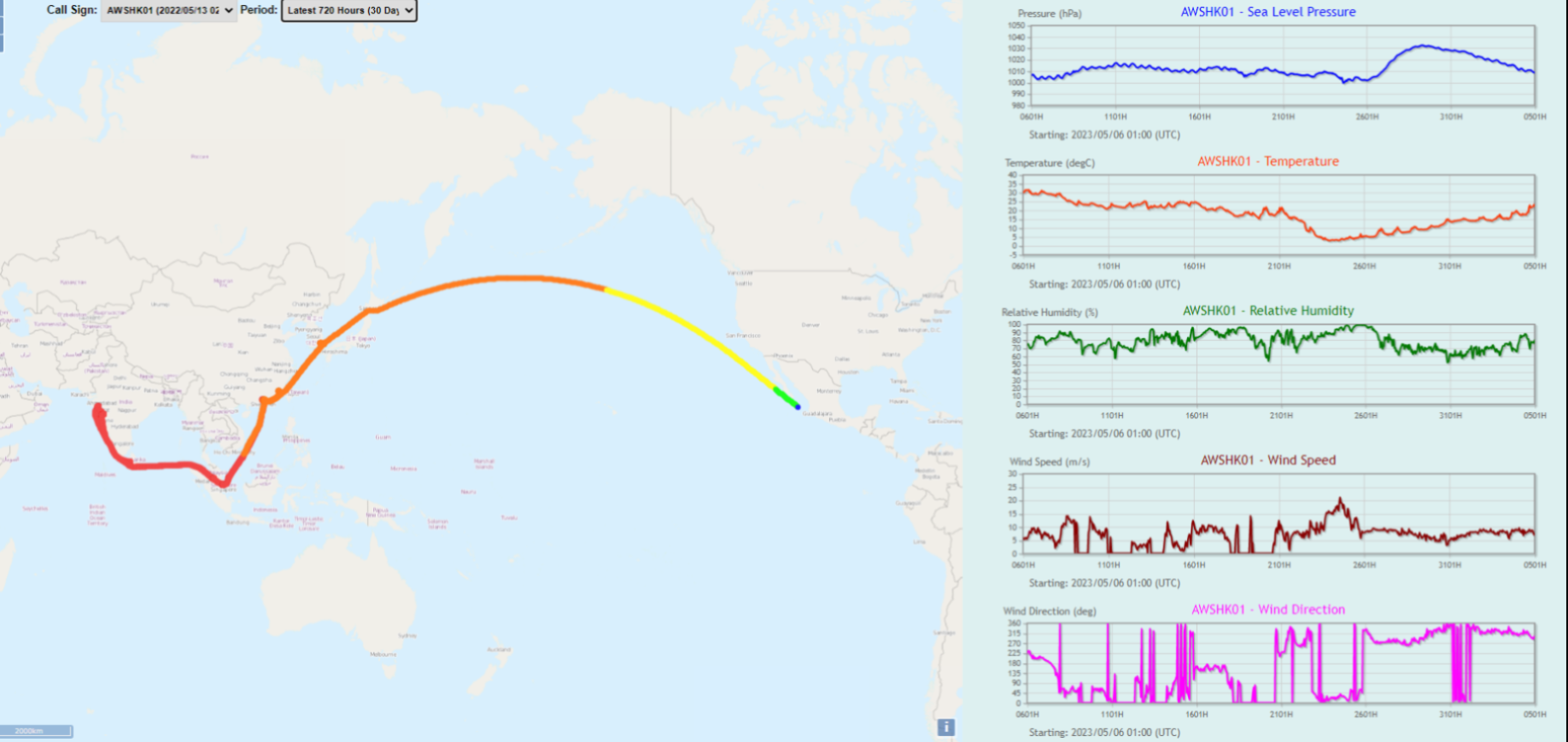The weather observations taken by Voluntary Observing Ships (VOS) over data sparse oceans are regarded as essential and irreplaceable for the provision of safety-related meteorological services for the marine community. The timely and high quality observations also play an important role in the contribution to data assimilation of the numerical weather prediction systems for improving the accuracy of weather prediction. To meet the needs, National Meteorological and Hydrological Services (NMHSs) have started to install shipborne Automatic Weather Station (AWS) on board VOS since early 2000s for the acquisition of real-time automatic meteorological observations over the oceans to improve data availability and increase data density of marine observations.
With the rapid advancement in science and technology in recent years, full-fledged AWS, namely European Common Automatic Weather Station (EUCAWS) specially designed for ships is available on the market. The station equips with different types of sensors for measurement of wind speed and direction, air pressure, air temperature and relative humidity, and also comes with Global Positioning System (GPS) and Iridium antennas for tracking the speed of the vessel for data correction and data transmission via satellite communication system (Figure 1). To strengthen the capability of meteorological observations over the oceans and further contribute to the shipping community, the Hong Kong Observatory (HKO) successfully installed the first EUCAWS on board one of the VOS in the Hong Kong fleet, M.V. ZIM CHARLESTON, under Seaspan Ship Management Limited in March 2023 as a pilot project. This is the first shipborne AWS installed on board VOS by the Observatory. The hourly data are transmitted to the HKO through the Iridium satellite and disseminated to the GTS for data sharing with the NMHSs. The station can also be connected to an e-logbook software installed on board to visualise automatic measurements and fill in other manual observations such as weather phenomena, cloud amount and cloud type as well as wave information by ship crews for compilation of routine weather observation report. The vessel travelled across the South China Sea, the Pacific Ocean and the Indian Ocean in the past few months to collect valuable meteorological data in data sparse areas (Figure 2). As of April 2023, there was a total of 185 EUCAWS stations (including Hong Kong) installed on board vessels among 266 automatic VOS in European countries, making a total of over 176,000 meteorological data. The HKO contributed over 2,000 data collected by this AWS within 3 months since installation.
|

|

|
|
Figure 1. Shipborne Automatic Weather Station onboard M.V. ZIM CHARLESTON.
|

Figure 2. Meteorological data including air pressure, air temperature, relative humidity, wind speed and direction collected by the EUCAWS on M.V. ZIM CHARLESTON travelling across the Pacific Ocean and Indian Ocean starting from May 2023 onwards.


